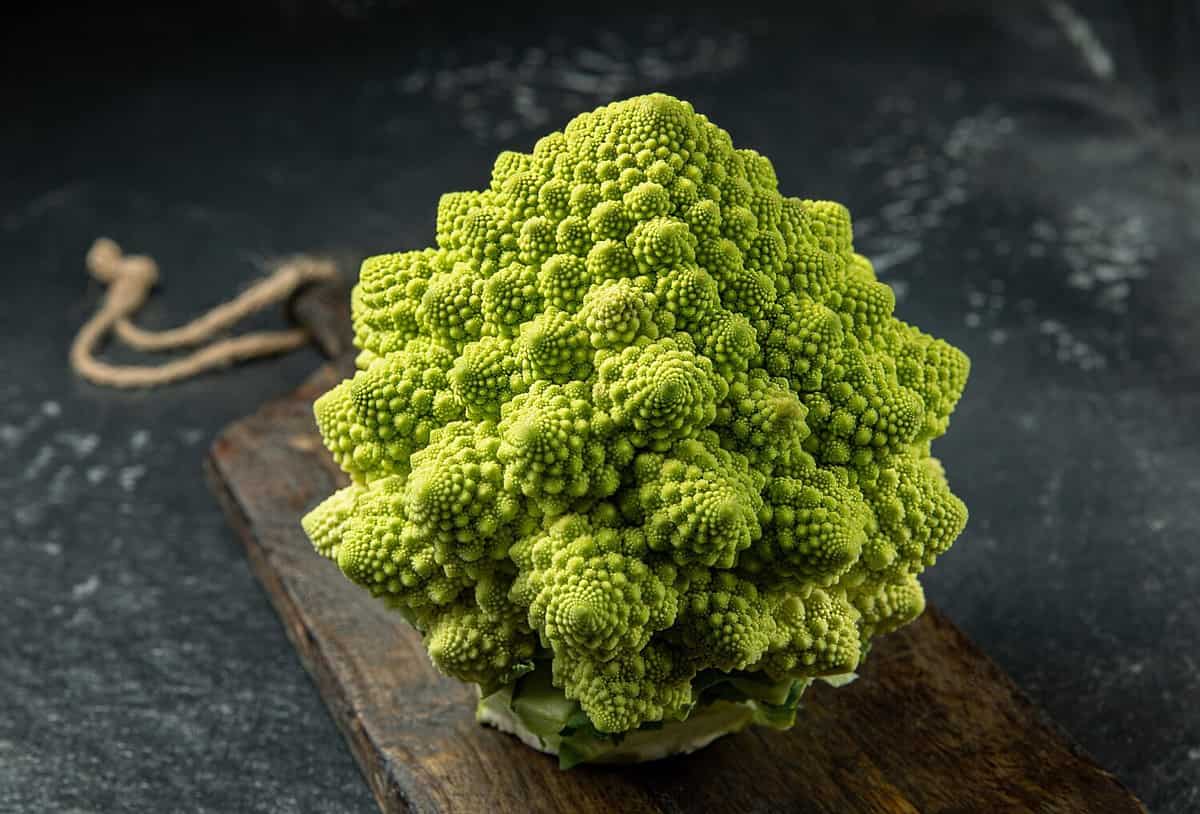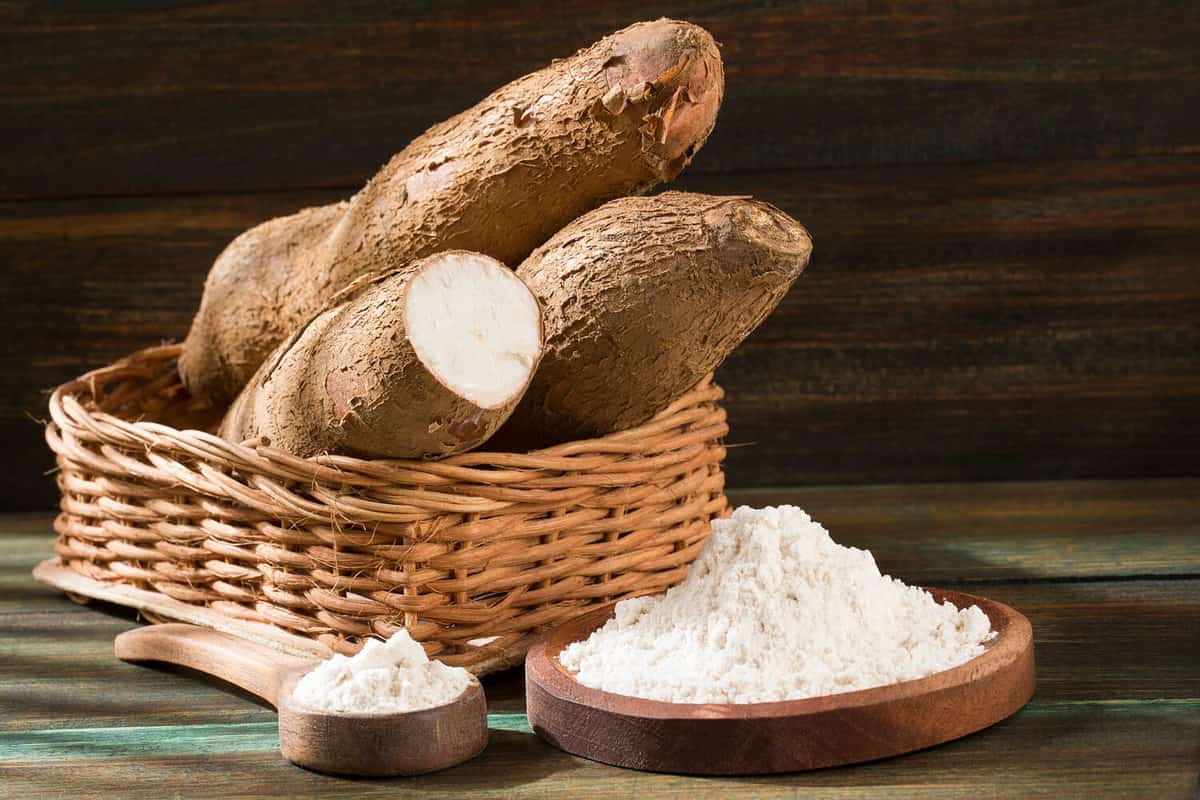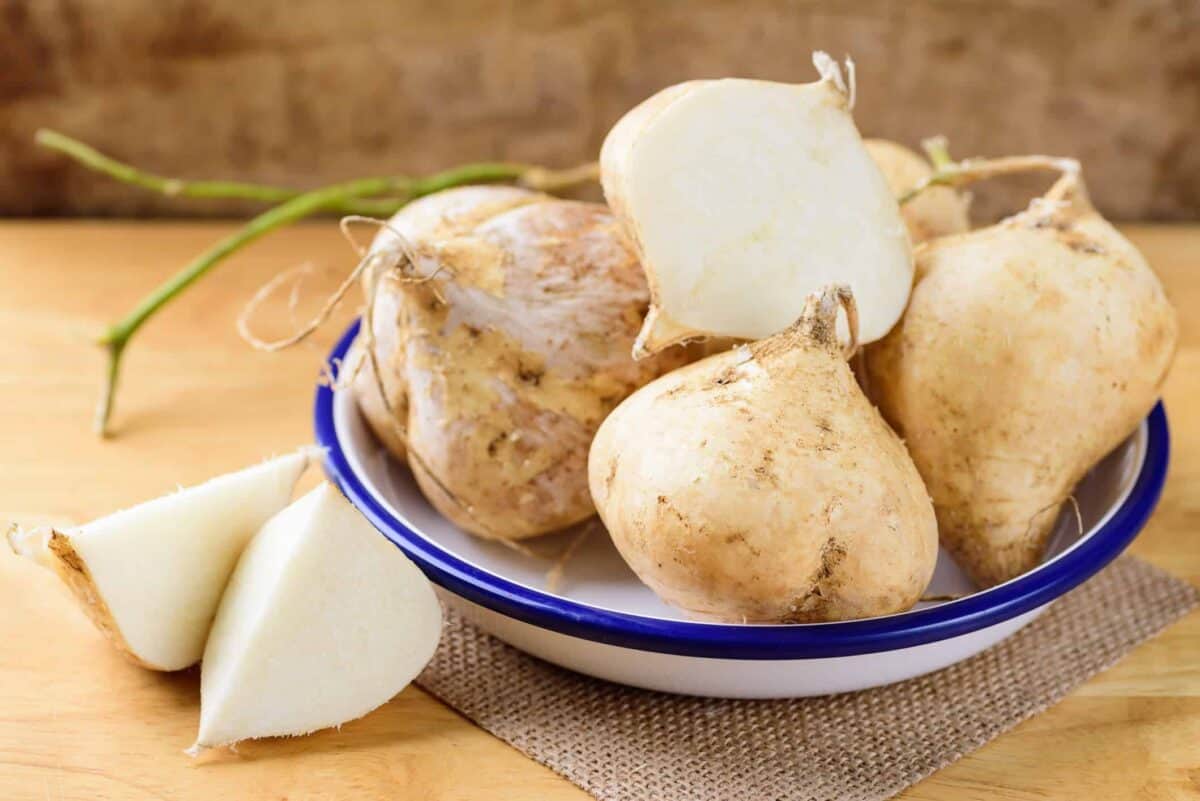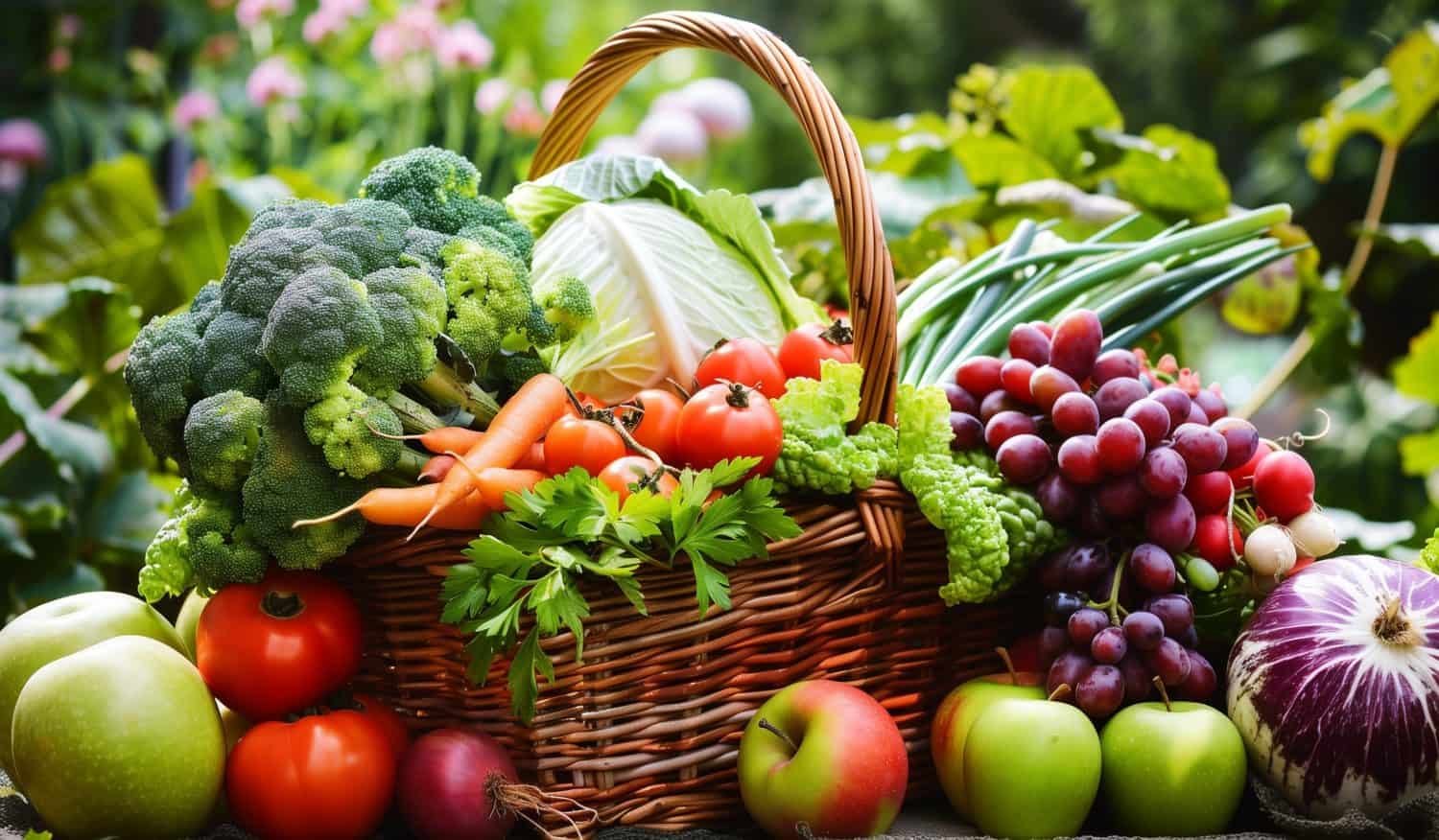There are many unique vegetables in the world, some of which are grown here in the United States. Even though there are many popular American-grown vegetables, such as cucumbers, broccoli, and squash, there are also many less common vegetables that most Americans can’t identify.
You may be used to seeing peppers, potatoes, and corn in the store, but you may not be able to identify American-grown vegetables like sunchoke, romanesco, or taro if you see them in the store or farmer’s market. If you’re curious about some of the lesser-known American-grown vegetables or want to find a new vegetable to try, check out these 9 American-grown vegetables that most Americans can’t identify.
Oca

©Enlightened Media/Shutterstock.com
- Region: Grows in the Pacific Northwest
- Nutritional benefits: Good source of vitamin C, iron, and phosphorus
Oca is a type of vegetable known as a tuber, which is a root vegetable that grows underground. Other tuber vegetables are parsnips, carrots, and celeriac. This vegetable is native to South America but it also grows in the Pacific Northwest region of the United States.
When eaten raw, oca has a slight lemony flavor and the flavor becomes more nutty when they’re cooked. There are many nutritional benefits to eating oca, which are similar to potatoes in nutrition but higher in vitamin C.
Romanesco

©HelgaQ/Shutterstock.com
- Region: Grown in the eastern United States
- Nutritional benefits: High in vitamin C, vitamin B, and vitamin K
Romanesco is a pretty interesting-looking vegetable. With a bright green color, it looks like a neon hybrid between cauliflower and broccoli. Romanesco is part of the same family as vegetables like cauliflower, cabbage, and Brussels sprouts.
You can eat romanesco raw or you can add it to a variety of dishes. Not only is this vegetable high in many vitamins and minerals but it’s also beneficial for your immune system and digestive health.
Watermelon Radish

©Picture Partners/Shutterstock.com
- Region: Grown in Florida, California, and Ohio
- Nutritional benefits:
Watermelon radishes are native to China but they also grow in some states in America. This vegetable is most common in California and Florida. Although they don’t look like much from the outside, the inside of a watermelon radish is brightly colored. The colors of the watermelon radish look similar to that of a watermelon, but the flavor is similar to other radishes.
These colorful vegetables are high in many vitamins and minerals including vitamin A, vitamin C, calcium, and potassium. You can add watermelon radishes to salads, pickle them, or even eat them raw as a snack.
Taro

©Gulf MG/Shutterstock.com
- Region: Grows in warm climates such as Florida, Hawaii, Texas, and Louisiana
- Nutritional benefits: Good source of fiber, carbs, and numerous vitamins
Taro is a root vegetable that typically grows in tropical climates. This vegetable is native to Asia but it’s also American-grown, mainly in the Southeastern parts of the United States. Although most Americans may not recognize taro when looking at its appearance, taro milk tea, taro chips, and taro flour are relatively common.
Taro grows best in warm and humid climates, which is why you’ll find this root vegetable in states like Texas, Louisiana, and Florida. If you’re planning on buying some taro, remember that it’s toxic when it’s raw, so this root vegetable must be cooked before consumption in any form.
Cassava

©Luis Echeverri Urrea/Shutterstock.com
- Region: Grown in states like Florida and Arkansas
- Nutritional benefits: High in vitamin C and copper
Cassava is another root vegetable that many Americans can’t identify. It’s also known commonly known as yuca. Yuca, not to be confused with yucca, looks similar to other root vegetables like sweet potatoes, but has a white flesh on the inside.
This root vegetable has a slightly nutty flavor and must be cooked before you eat it. There are many benefits to eating cassava, which is high in vitamin C and copper. The starch in cassava can also benefit your gut and digestive health.
Celeriac

©Jack7_7/Shutterstock.com
- Region: Grown in many parts of North America, especially in warm climates
- Nutritional benefits: High in fiber, vitamin K, vitamin C, and phosphorus
Celeriac is a root vegetable that’s often called celery root. The difference between celeriac and the celery most people are familiar with is celeriac is used for its root while common celery is used for its stalks.
Although celeriac isn’t as well-known as celery, there are many nutritional benefits to eating this root vegetable. It has many antioxidants as well as high amounts of fiber, vitamin K, vitamin C, and phosphorus. Like celery, you can eat celeriac raw or cooked.
Kohlrabi

©Matyas Rehak/Shutterstock.com
- Region: Grown in Florida, Eastern Iowa, and Wisconsin
- Nutritional benefits: Good source of vitamin C, vitamin B6, and potassium
Kohlrabi is a type of cruciferous vegetable, which is the same vegetable family as broccoli, cabbage, and Brussels sprouts. There are many ways to cook kohlrabi, although you can also eat it raw. If you choose to cook it, you can roast, steam, or fry it.
Kohlrabi is a great addition to coleslaw similar to cabbage and other cruciferous vegetables. It also has many nutritional benefits since it’s high in vitamin C, fiber, and potassium.
Jicama

©Nungning20/iStock via Getty Images
- Region: Grown in Florida, Texas, Hawaii, California, and Puerto Rico
- Nutritional benefits: Good source of vitamin C, folate, potassium, and magnesium
Jicama is a root vegetable that grows in various parts of the United States. With thick, brown skin on the outside, it looks similar to a potato, but the flavor is sweeter. The shape of this root vegetable is also different from that of a potato and it’s typically shaped more like an onion or a beet.
Unlike regular potatoes, jicamas have a slightly sweet flavor but they’re not as sweet as most fruits. There are many nutritional benefits to eating jicama and it’s lower in carbs and calories than most potatoes. It’s also a good source of vitamins and minerals such as vitamin C, folate, potassium, and magnesium.
Sunchoke

©LSP EM/Shutterstock.com
- Region: Grown in most states in the US
- Nutritional benefits: Good source of iron, magnesium, potassium, and calcium
The sunchoke, also known as the Jerusalem artichoke, is a root vegetable that’s related to sunflowers. While you can eat the tuber part as a vegetable, the stem grows beautiful yellow flowers.
You can eat sunchokes raw or cooked and they have a mild and slightly sweet flavor. This root vegetable is a good source of many nutrients, including iron, magnesium, potassium, and calcium.
The image featured at the top of this post is ©Theemanan Chantaraphanich/Shutterstock.com.
